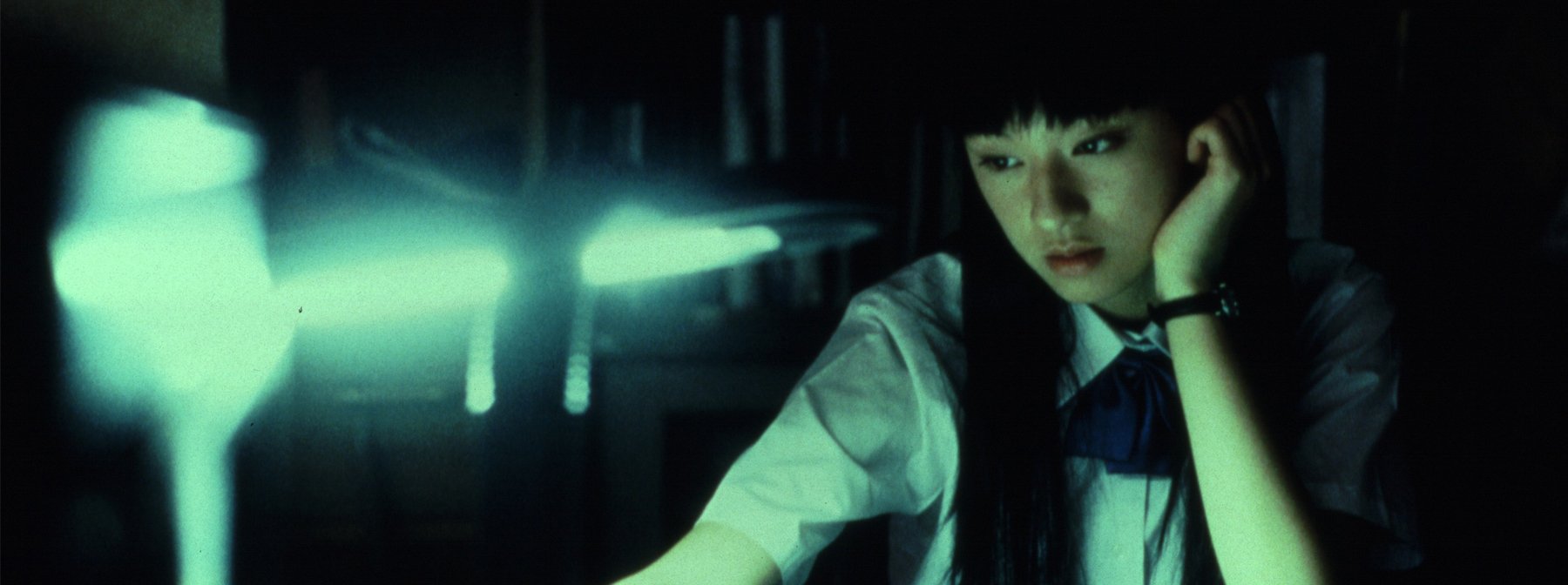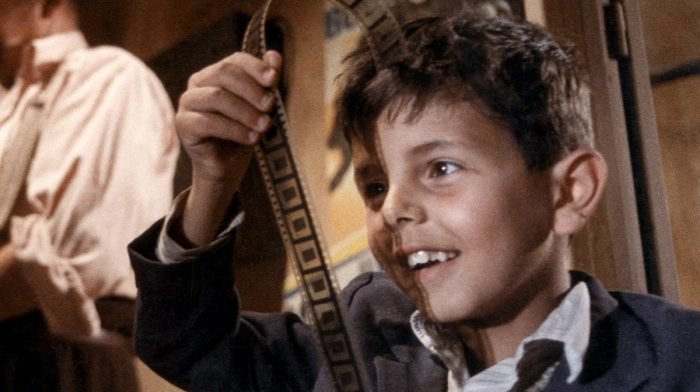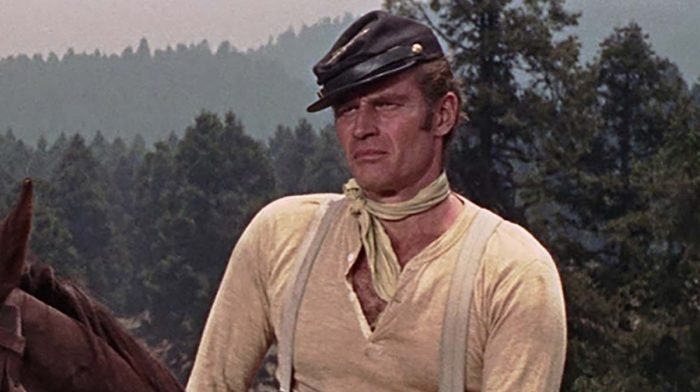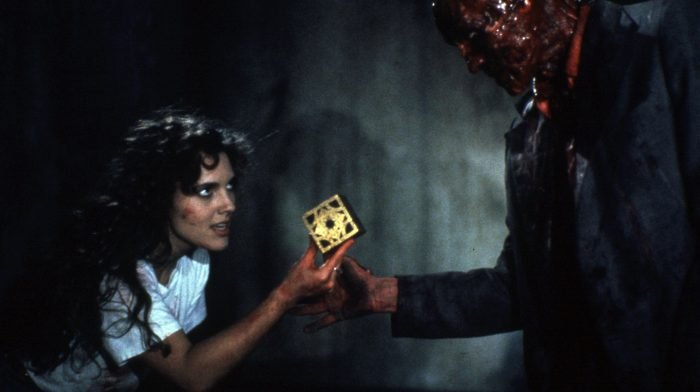The mad scientist trope came into existence on a dark and stormy night in 1816, when Mary Shelley’s mates challenged her to come up with a scary story, and she casually came up with a masterpiece, Frankenstein, released in 1818.
Dr Frankenstein became the first recorded appearance of a fictional crazy genius using science for evil – and he would be far from the last.
Frankenstein made the leap to the movies in 1931, but the Doc and his creation are just part of an overall evolution of a trope that’s appeared throughout cinema history. It’s an evolution that saw other PHD wielding maniacs making their big screen debut long before Mary Shelley’s creation.
We’ve gathered together the most significant mad scientists for a veritable conference of characters, tracking the way the trope has shifted and evolved throughout time. So, iron your lab coat, prep your test tubes, and fill your beakers – it’s time to travel through horror history to spend time with some of the genre’s craziest characters.
Dr. Jekyll and Mr. Hyde (1913)
While not a feature film – a longer version was released seven years later – this short was the first recorded example of the mad scientist trope shown in cinemas.
Big screen adaptations of the novel about a scientist who brings out his dark side (which itself is a premise that reads like an elevator pitch) would resonate with audiences, recurring, like Mr Hyde himself, with new versions released across the decades.
Indeed, Fredric March would win an Oscar for his performance in the Paramount version, released in 1931 – bringing credibility, and high profile actors, to future versions of the tale.
Cabinet of Dr Caligari (1920)
While the traditional mad scientist movie trope was truly born until the next movie we’re going to cover, let’s spare a thought for poor old Dr Caligari – medicine is a science too, guys – who’s as bonkers as they come, using a somnambulist to murder people.
That said, maybe it doesn’t count because of the twist ending, which recasts Caligari as a normal doctor, working in an insane asylum to cure the delusional dude who came up with the fantasy we’ve just witnessed. But is he? Decide for yourself by watching it on Arrow.
Metropolis (1927)
A science-fiction film with horror elements, Metropolis is as influential to cinema as Frankenstein was to literature. Fritz Lang’s brilliantly crazed creation Rotwang’s wild white hair, and taste in laboratory decor, would fix in time, solidifying a trope that would repeat over and over again.
Even James Whale’s Frankenstein would use Metropolis as a key influence – with that movie’s Dr Frankenstein clearly using the same interior decorator as Rotwang. But Rotwang recurs everywhere, whether it’s in Doc Brown’s wild eyes and wilder hair, or Dr Strangelove’s solitary glove, there’s many mad scientists who should use Fritz Lang’s signature at the bottom of their papers.
Frankenstein (1931)
We’ve already said so much about this one, it’s impossible to overstate its importance and influence on the genre. But one way it hasn’t made an impact – at least, outside of parody – is in the look of Frankenstein’s creature itself.
The Monster’s make-up design by Jack P. Pierce belongs to Universal through the year 2026, when the copyright period ends, so it couldn’t be used without risk of being sued.
But, if you want to make your own mad scientist monster movie in tribute to this version, you don’t have long to wait. We imagine this movie’s only going to get more influential, not less, in the coming decades.
The Invisible Man (1933)
Slightly harder to copyright, mainly because he’s see-through, is The Invisible Man’s look. That isn’t to say that his combination of bandages and sunglasses hasn’t been riffed on throughout cinema history.
But where The Invisible Man’s main influence comes is in the character himself – mad scientists before Dr. Jack Griffin were mostly misunderstood, but from this point on, we’d see many more total bastards take to their test tubes, with the titular Invisible Man’s morality as missing as his visage.
Horrors of Malformed Men (1969)
The mad scientist trope isn’t just limited to the UK or the US, it’s a worldwide phenomena – with one of the most unique takes coming from Japan. To explain why it’s unique would be to spoil this surreal and transgressive picture, so instead we’ll just point out that it’s currently streaming on Arrow, and that you really need to watch it.
Brace yourself for a whole lot of messed up stuff, however. Stuff we’d see reappear throughout Japanese takes on the trope.
Dr Jekyll and Sister Hyde (1971)
The genre may have evolved, but mad scientists movies are pretty regressive in one key way – mad scientists are almost always men. Sure, women scientists are a thing in movies and TV, but they’re usually the sensible ones – with Dana Scully in The X-Files or Murph in Interstellar (originally written as a man) there to spoil the fun for the adventure-seeking dudes. There are exceptions, however.
We’re going to ignore Dr Pamela Isley in Batman & Robin and go for Sister Hyde in Dr Jekyll and Sister Hyde, which is worthy of inclusion because it’s inclusive – and an interesting exploration of the struggle for dominance between the masculine and feminine sides within us all.
Re-Animator (1985)
Whereas most mad scientist movies have at least a semblance of a sense of humour – even if it’s tongue in cheek – Re-Animator took the concept of a mad scientist horror comedy to its absolute pinnacle, with Jeffrey Combs’ hilariously egotistical Herbert West an icon of the genre.
With both Frankenstein and The Revenge of Frankenstein as much of an inspiration on the film as the Lovecraft story on which its best (indeed, Gordon only read ‘Herbert West–Reanimator’ after letting it be known he wanted to create a Frankenstein style story) this might not have lasted as long as it has if it was a straight adaptation of the original short story.
The Fly (1986)
This wasn’t The Fly’s first cinematic appearance, as David Cronenberg’s film is actually a remake of the 1958 version. But what a remake, and what a significant leap forward in terms of what can be crafted within the mad scientist genre.
Combining groundbreaking special effects with Jeff Goldblum’s charisma, a new kind of mad scientist was formed. One who’s magnetic, and – most importantly – sympathetic. In Frankenstein you sympathized with the creature – despite his horrendous acts. Here, you feel for the scientist himself, even as he turns into a monster.
Hellraiser 2 (1988)
Something who we have absolutely no sympathy for is our next doctorate lunatic, Dr. Channard, the main villain of Hellbound: Hellraiser II. Channard went from being an animal-torturing child to a human-killing adult to hell-dwelling Cenobite.
He uses his science-skills to manipulate everyone he encounters into fulfilling his obsession with the lament configuration. Channard proved that mad scientists didn’t need a fancy laboratory to wield their evil powers, sometimes just a regular office is enough.
Frankenhooker (1990)
Perhaps the logical conclusion of the 80s wave of gloopy mad scientist movies, Frankenhooker takes the genre right back to the beginning, with a tribute to Mary Shelley’s original – in the form of this low-budget body horror that throws taste out of the window, a long with a bunch of other body parts.
This one proved that you didn’t need a blockbuster budget to make an impact in the genre – you could do it from a script scrawled onto napkins in a Hot Dog restaurant. A lesson we’re sure our final movie was definitely influenced by.
The Human Centipede (2009)
Yep, the current high (or low) point of the mad scientist genre is a high concept, low budget, horror movie that completely exceeded the limitations of its creation to bring to life one of the most impactful pop culture artifacts of the ‘00s.
Referenced in everything from South Park to rap songs, the Human Centipede became one of those movies that everyone had heard of, even if they hadn’t actually sat down with a bunch of friends (behind, or in front of them) to watch it. By this point in the genre’s lifespan, you didn’t even need to make a good movie to become a household name (though the sequel totally bangs).
A selection of the above are available to watch in the It’s Alive: The Mad Scientists Collection streaming on ARROW.








